
Tadao Ando: The Power of Unfulfilled Vision
When the norms of a certain era cease to apply, an illusion arises that everything is suddenly possible. And then everything quickly descends into endless futility. Today, creators in architecture are like riders crossing an endless wasteland. Once, they reveled in the luxury of traveling on solid roads; today they find themselves in uncharted, abandoned lands, with no landmarks in sight. We might say that at any given time and in any field of human endeavor, this is precisely the space in which creative people inevitably move. Anyone who dares to navigate this space and ultimately wants to reach familiar territories again must envision reference points ahead as they move. Only with a sense of intense relation and commitment to architecture can an architect maintain a vision of the direction that drives them forward.
For an architect, a creator in barren land, building structures is a projection of their strong relationship with the future. What is most important is the intensity of this relationship, as reflected in the architecture. True stimuli are provided only when a new world is opened up by a building. And indeed, the fundamental requirement placed on architecture is that it continually stimulates the human spirit. The stronger the architect’s effort, the greater the hope of breaking free from the framework of realistic conditions. Conversely, the more likely it is that society will hesitate to accept a truly stimulating plan. Even if a project is not realized, or even because it is not realized, the architect's thinking deepens and pushes further towards some new projection of their commitment.
This significance was what the 1976 Okamoto housing complex project meant to me. In this building's design, I attempted to realize a complex, labyrinthine space using a simple network. I chose to resurrect the complex, ambiguous human being within the ideal of Modernist architecture with its simple and orderly shapes: to achieve a somewhat abstract, geometric sensitivity in organic nature. Unfortunately, due to technical difficulties, legal issues, and economic constraints, the project had to be abandoned. However, the ideas developed at that time were realized a few years later in the Rokko I housing complex project and were further advanced in the multi-story form of the Rokko II housing complex.
The 1985 Shibuya project also expressed my strong desire to place a vibrant, culture-filled space within the context of the exhausting modern city. This effort was successfully realized in the Nakanoshina project, consisting of a museum, conference hall, concert hall, and other facilities, in such a way that the Nakanoshina island, located in Osaka Bay, became an area of culture and art. Without a specific client, there was no way to realize the Shibuya project — yet it all began simply due to the intensity of my own desire.
Even if a project is not realized, the architect should retain their ideas, projections of the future. They will undoubtedly re-emerge one day, at a later time and in another place. When I look back and reflect on my unrealized projects, I know that all these ideas served as sources of energy that consistently propelled me forward. This unrealized architecture has most profoundly imprinted itself onto me, its creator.
For an architect, a creator in barren land, building structures is a projection of their strong relationship with the future. What is most important is the intensity of this relationship, as reflected in the architecture. True stimuli are provided only when a new world is opened up by a building. And indeed, the fundamental requirement placed on architecture is that it continually stimulates the human spirit. The stronger the architect’s effort, the greater the hope of breaking free from the framework of realistic conditions. Conversely, the more likely it is that society will hesitate to accept a truly stimulating plan. Even if a project is not realized, or even because it is not realized, the architect's thinking deepens and pushes further towards some new projection of their commitment.
This significance was what the 1976 Okamoto housing complex project meant to me. In this building's design, I attempted to realize a complex, labyrinthine space using a simple network. I chose to resurrect the complex, ambiguous human being within the ideal of Modernist architecture with its simple and orderly shapes: to achieve a somewhat abstract, geometric sensitivity in organic nature. Unfortunately, due to technical difficulties, legal issues, and economic constraints, the project had to be abandoned. However, the ideas developed at that time were realized a few years later in the Rokko I housing complex project and were further advanced in the multi-story form of the Rokko II housing complex.
The 1985 Shibuya project also expressed my strong desire to place a vibrant, culture-filled space within the context of the exhausting modern city. This effort was successfully realized in the Nakanoshina project, consisting of a museum, conference hall, concert hall, and other facilities, in such a way that the Nakanoshina island, located in Osaka Bay, became an area of culture and art. Without a specific client, there was no way to realize the Shibuya project — yet it all began simply due to the intensity of my own desire.
Even if a project is not realized, the architect should retain their ideas, projections of the future. They will undoubtedly re-emerge one day, at a later time and in another place. When I look back and reflect on my unrealized projects, I know that all these ideas served as sources of energy that consistently propelled me forward. This unrealized architecture has most profoundly imprinted itself onto me, its creator.
Tadao Ando: The Power of Unrealized Vision
Source: SD-Space Design 333, June 1992
Translation: Doc. PhDr. Lubomír Kostroň, M.A., CSc. / www.kostron.cz
Source: SD-Space Design 333, June 1992
Translation: Doc. PhDr. Lubomír Kostroň, M.A., CSc. / www.kostron.cz
The English translation is powered by AI tool. Switch to Czech to view the original text source.
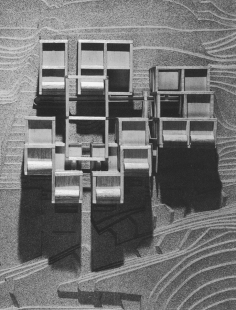
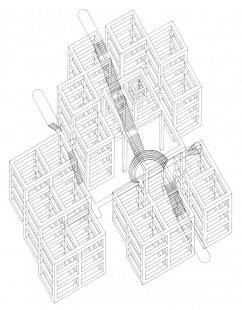
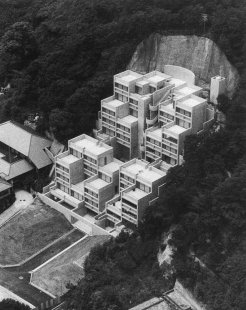
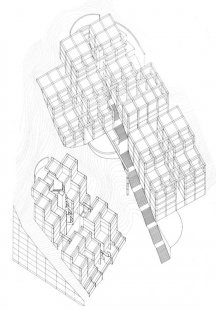
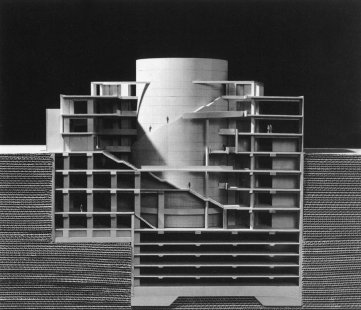
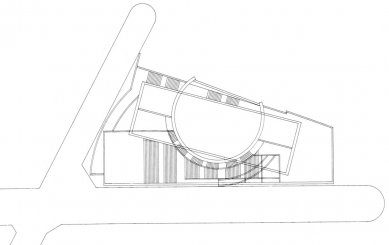
0 comments
add comment
Related articles
0
20.05.2013 | Tadao Ando : Light
0
20.05.2013 | Tadao Ando: Representation and Abstraction
0
07.05.2013 | Tadao Ando: Face to Face with the Architecture Crisis
0
06.05.2013 | Tadao Ando: Body and Space
0
06.05.2013 | Tadao Ando: Mutual independence, mutual permeation
0
06.05.2013 | Tadao Ando: From modern architecture, enclosed within itself, to universality
0
09.03.2013 | Tadao Ando: Agony of Stuck Thoughts - The Trouble with Persistence
0
09.03.2013 | Tadao Ando: Interventions in Circumstances
4
03.03.2013 | Tadao Ando: Materials, Geometry, and Nature
0
03.03.2013 | Tadao Ando: From the Water Chapel to the Chapel of Light
0
03.03.2013 | Tadao Ando: Eternity in a Moment










